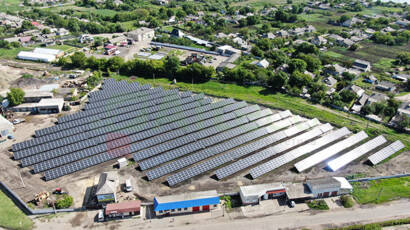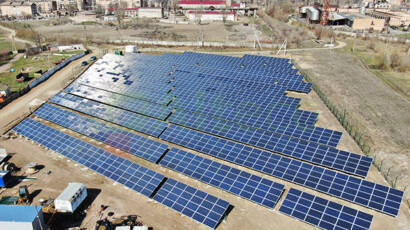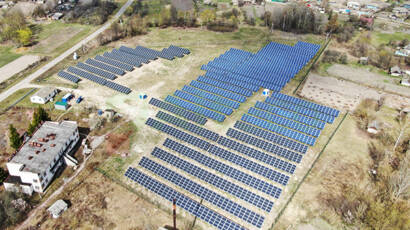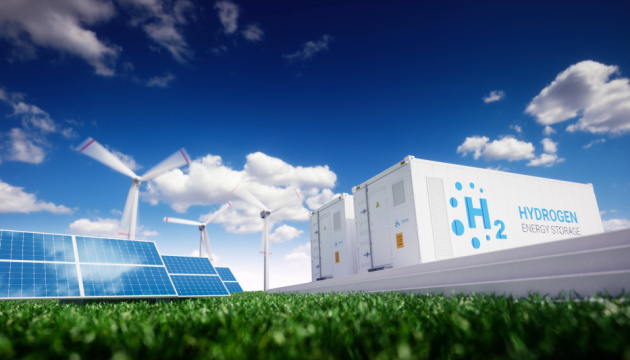 By 2040, according to a strategy presented this year by a merger of 23 of Europe’s leading energy infrastructure companies, a network of hydrogen pipelines is expected to appear on the continent. Ukraine is also a part of these plans.
By 2040, according to a strategy presented this year by a merger of 23 of Europe’s leading energy infrastructure companies, a network of hydrogen pipelines is expected to appear on the continent. Ukraine is also a part of these plans.
Central Hydrogen Corridor
On September 23, the Ukrainian Gas Transportation System Operator (OGTSU), as well as gas transporters from Germany (OGE), Czech Republic (NET4GAS) and Slovakia (EUSTREAM) announced plans to create a Central Hydrogen Corridor that 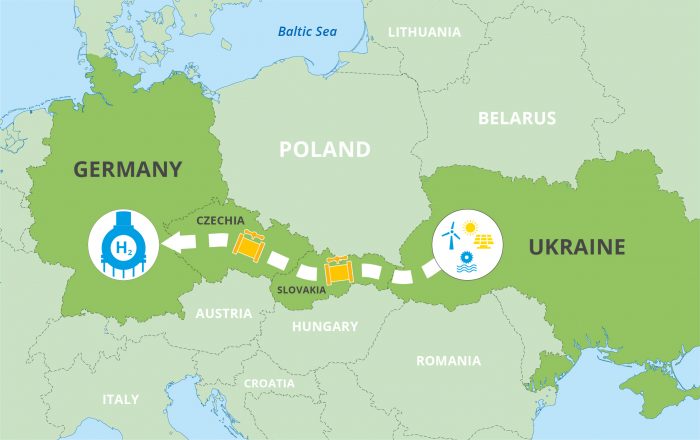 will connect Ukraine and southern Germany. According to expert forecasts, Germany will become the main market for “green” hydrogen in Europe in several decades. This is an environmentally friendly fuel obtained by electrolysis of water using electricity produced from renewable sources. Domestic production of “green” hydrogen in Germany will be able to cover only a third of demand in 2045, predicts, in particular, the Berlin Foundation for Climate Neutrality (Stiftung Klimaneutralität). The rest will have to be imported. The members of the newly created pipeline consortium hope that Ukraine will become one of the main suppliers of hydrogen. The transition to “green” hydrogen is necessary to fulfill the European Union’s strategy of completely phasing out fossil fuels by 2050. “To switch to hydrogen by 2040 or 2050, we need to start preparing the infrastructure today,” said Richard Unterseer, director of the Bavarian gas network operator Bayernets GmbH, in an interview with DW.
will connect Ukraine and southern Germany. According to expert forecasts, Germany will become the main market for “green” hydrogen in Europe in several decades. This is an environmentally friendly fuel obtained by electrolysis of water using electricity produced from renewable sources. Domestic production of “green” hydrogen in Germany will be able to cover only a third of demand in 2045, predicts, in particular, the Berlin Foundation for Climate Neutrality (Stiftung Klimaneutralität). The rest will have to be imported. The members of the newly created pipeline consortium hope that Ukraine will become one of the main suppliers of hydrogen. The transition to “green” hydrogen is necessary to fulfill the European Union’s strategy of completely phasing out fossil fuels by 2050. “To switch to hydrogen by 2040 or 2050, we need to start preparing the infrastructure today,” said Richard Unterseer, director of the Bavarian gas network operator Bayernets GmbH, in an interview with DW.
The start of hydrogen modernization is not far off
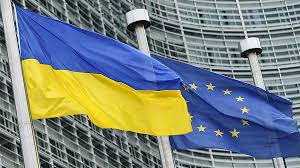 Bayernets plans to transfer the first section of its gas pipeline network from natural gas to hydrogen in 3-4 years. The start will be modest: first, 14 kilometers of the pipeline will be converted from more than 1600 kilometers, which are managed by the Bavarian company. This is a line that will connect a hydrogen production plant and an industrial cluster near the city of Burghausen. This will be the moment of origin of the future hydrogen pipeline from Ukraine through Slovakia and Austria to Bavaria.
Bayernets plans to transfer the first section of its gas pipeline network from natural gas to hydrogen in 3-4 years. The start will be modest: first, 14 kilometers of the pipeline will be converted from more than 1600 kilometers, which are managed by the Bavarian company. This is a line that will connect a hydrogen production plant and an industrial cluster near the city of Burghausen. This will be the moment of origin of the future hydrogen pipeline from Ukraine through Slovakia and Austria to Bavaria.
Hydrogen will not save Transgaz
In order to fill the Ukrainian-Slovak branch of the Transgaz pipeline with hydrogen for export to Ukraine, it is necessary to create capacities for the production of this fuel of 35 gigawatts. In addition, to fill Transgaz with hydrogen, 100 gigawatts of capacity for the production of “green” energy is required. Currently, according to the State Agency for Energy Efficiency, all “green” power plants in Ukraine have a capacity of only 13 gigawatts, and the national strategy for the development of renewable energy predicts that by 2035 these capacities will increase to only 22 gigawatts.
Georg Zachmann, an expert at the Bruegel think tank in Brussels, is convinced that it would be more rational to exportUkrainian “green” electricity to the European Union, which in Germany may not be enough to produce hydrogen. So it would be better for European partners to focus on supporting the development of “green” energy in Ukraine, Zachmann said. “We need loans for new stations, loans for the creation of shunting capacity in the Ukrainian power system, in particular, through the modernization of hydropower plants. We must also support Ukraine on the path of integration into European power grids,” said the expert.
exportUkrainian “green” electricity to the European Union, which in Germany may not be enough to produce hydrogen. So it would be better for European partners to focus on supporting the development of “green” energy in Ukraine, Zachmann said. “We need loans for new stations, loans for the creation of shunting capacity in the Ukrainian power system, in particular, through the modernization of hydropower plants. We must also support Ukraine on the path of integration into European power grids,” said the expert.
Source: DW

